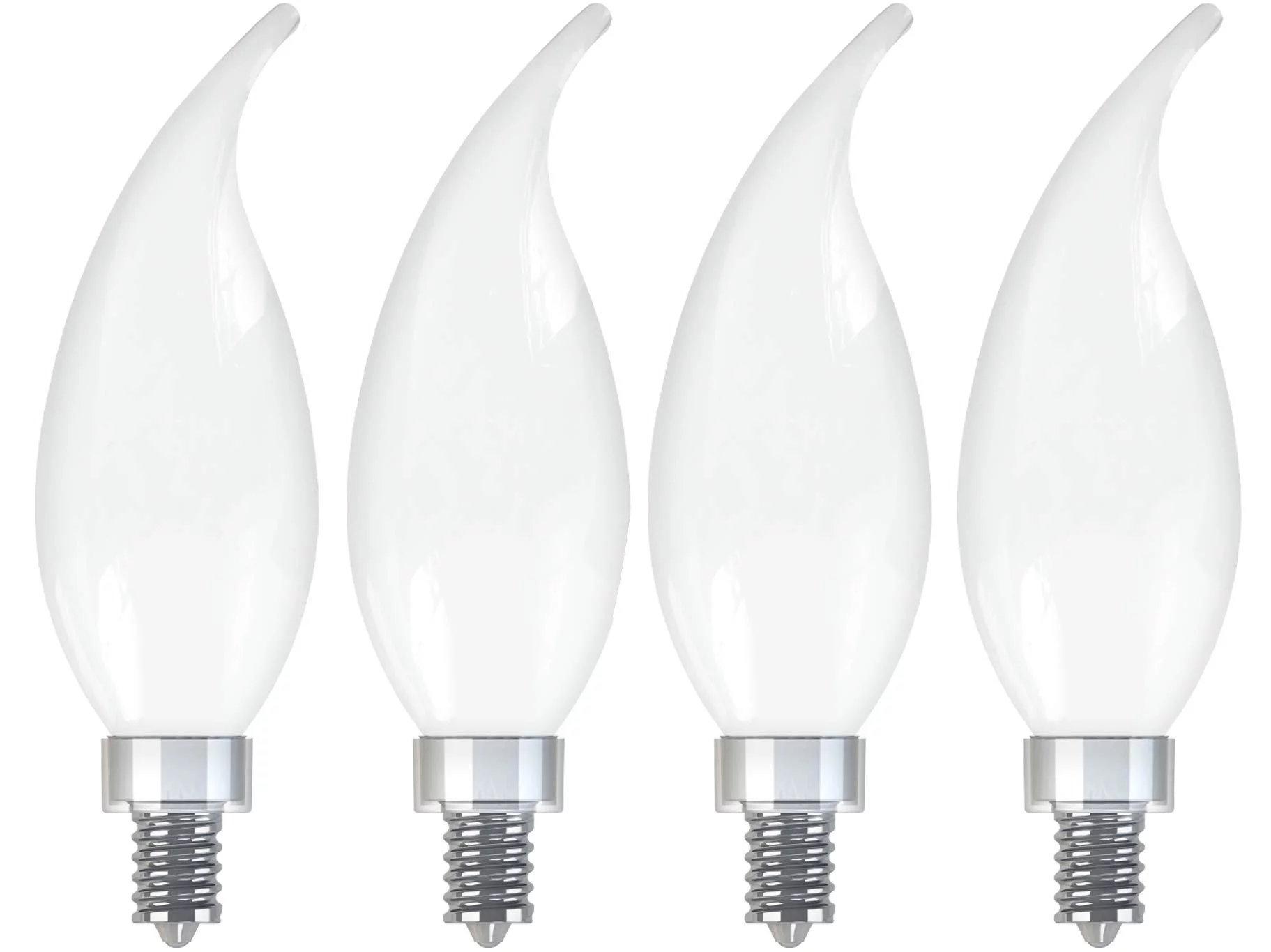

Articles
How Many Lumens In 40-Watt LED Bulb
Modified: February 26, 2024
Discover the answer to how many lumens are in a 40-watt LED bulb in this informative article. Explore the benefits of LED lighting and make an informed decision for your home.
(Many of the links in this article redirect to a specific reviewed product. Your purchase of these products through affiliate links helps to generate commission for Storables.com, at no extra cost. Learn more)
Introduction
Welcome to our article on understanding lumens and watts in LED bulbs. In this guide, we will explore the relationship between lumens and watts and specifically discuss how many lumens are typically found in a 40 watt LED bulb. By understanding the lumen output of different bulbs, you can confidently select the right LED bulb for your lighting needs.
With the rise of LED technology, traditional measures of brightness like wattage have given way to lumens as the standard unit of measurement. Lumens provide a more accurate representation of the actual brightness produced by a light source, allowing consumers to make informed choices when selecting lighting products.
In this article, we will also discuss the factors that affect lumen output and how to compare lumens and watts across different types of bulbs. So, whether you are looking to upgrade your home lighting or improve the lighting in your office, let’s dive in and explore the world of lumens and watts in LED bulbs.
Key Takeaways:
- LED bulbs offer superior brightness with 450-800 lumens in a 40-watt bulb, surpassing traditional incandescent bulbs. Consider factors like color temperature and dimming capabilities for optimal lighting choices.
- Understanding lumens and watts is crucial for selecting the right LED bulb. LED technology provides energy-efficient, bright lighting, making it a sustainable choice for homes and offices.
Understanding Lumens and Watts
Before we delve into the specific lumen output of a 40 watt LED bulb, it’s important to understand the concepts of lumens and watts. Lumens measure the amount of light emitted by a bulb, while watts refer to the amount of power consumed. In simple terms, lumens indicate brightness, while watts indicate energy usage.
Traditionally, people used to rely on wattage to determine the brightness of a bulb. However, with the advent of energy-efficient lighting options like LED bulbs, the correlation between lumens and watts is no longer direct. LED technology allows bulbs to produce more light while consuming less power compared to traditional incandescent bulbs.
This shift in technology highlights the need to focus on lumens, as it provides a more accurate measure of the bulb’s brightness. A higher lumen output indicates a brighter light source. So, when selecting a bulb, it’s crucial to consider the desired level of brightness rather than solely relying on wattage.
Now that we have a basic understanding of lumens and watts, let’s proceed to explore the specific lumen output of a 40 watt LED bulb.
How Many Lumens are in a 40 Watt LED Bulb?
When it comes to the lumen output of a 40 watt LED bulb, it’s important to note that there is no universally fixed value. The brightness of a 40 watt LED bulb can vary depending on multiple factors, including the specific brand, model, and design of the bulb.
However, as a general guideline, a 40 watt LED bulb typically produces around 450 to 800 lumens. Keep in mind that this range may vary slightly based on the specific product you choose.
It’s also worth mentioning that LED bulbs are known for their energy efficiency. In comparison, a traditional incandescent bulb with the same wattage could produce only around 400 to 500 lumens. This showcases the superior brightness capabilities of LED technology.
Additionally, LED bulbs have a longer lifespan and consume less energy, making them a cost-effective and environmentally-friendly lighting option. So, if you’re looking for a bright and energy-efficient lighting solution, a 40 watt LED bulb could be a great choice.
It’s important to consider your specific lighting needs and preferences when selecting the lumen output of a 40 watt LED bulb. If you require brighter illumination, you may opt for a bulb with a higher lumen output within the recommended range. On the other hand, if you desire softer or ambient lighting, you may choose a bulb with a lower lumen output.
Now that we have an understanding of the typical lumen output of a 40 watt LED bulb, let’s explore the factors that can affect the lumen output of LED bulbs, ensuring you make an informed decision when selecting your lighting options.
Factors Affecting the Lumen Output
Several factors can affect the lumen output of LED bulbs, including:
- Quality of LED Chips: The quality and efficiency of the LED chips used in the bulb play a significant role in determining the lumen output. Higher quality chips tend to produce more lumens per watt.
- Design and Construction: The design and construction of the bulb can impact its ability to emit light efficiently. Factors such as the placement of LED chips, heat dissipation, and optical lenses can affect the lumen output.
- Color Temperature: The color temperature of the LED bulb can influence the perceived brightness. Bulbs with higher color temperatures, such as those in the cool white range, might appear brighter even if they have the same lumen output as warmer-colored bulbs.
- Dimming Capabilities: LED bulbs with dimming capabilities might have a lower lumen output when dimmed compared to their maximum output. It’s essential to consider the dimming capabilities and lumen range of the bulb if you plan to use it with a dimmer switch.
- Quality Control: The overall quality control and manufacturing processes of the bulb manufacturer can affect the consistency and accuracy of the lumen output. Reputable brands with stringent quality control measures are more likely to provide accurate lumen specifications.
Considering these factors, it’s important to be mindful of the overall quality, design, and specifications of the LED bulb when assessing its lumen output. You can usually find information about the lumen output, color temperature, and other relevant details on the product packaging or manufacturer’s website.
Now that we have explored the factors that can impact the lumen output, let’s move on to compare lumens and watts across different types of bulbs to provide a broader understanding of brightness measurement.
A 40 watt LED bulb typically produces around 450-500 lumens, which is equivalent to the light output of a traditional 40 watt incandescent bulb.
Comparing Lumens and Watts in Different Bulb Types
When comparing lumens and watts across different types of bulbs, it’s important to consider the inherent characteristics of each bulb and how they impact brightness. Here’s a comparison of lumens and watts in commonly used bulb types:
- Incandescent Bulbs: Traditional incandescent bulbs are measured primarily by their wattage. A 40 watt incandescent bulb typically produces around 450 lumens. However, it’s important to note that incandescent bulbs are highly inefficient, as most of the energy consumed is emitted as heat rather than light.
- Halogen Bulbs: Halogen bulbs are a more efficient alternative to incandescent bulbs, providing a brighter output for the same wattage. A 40 watt halogen bulb can produce around 500-700 lumens, depending on the specific design.
- CFL Bulbs: Compact Fluorescent Lamp (CFL) bulbs are known for their energy efficiency. A 40 watt CFL bulb can produce approximately 800-1200 lumens, making them a popular choice for homeowners looking to save energy while maintaining a bright environment.
- LED Bulbs: LED bulbs are the most energy-efficient and durable option. As mentioned earlier, a 40 watt LED bulb typically produces around 450-800 lumens. However, it’s essential to consider the specific brand and design of the LED bulb, as these factors can affect the lumen output.
By comparing these bulb types, it becomes clear that LED bulbs offer the best combination of energy efficiency and brightness. They consume significantly less energy while providing comparable or even higher lumen outputs than incandescent or halogen bulbs.
When transitioning to LED bulbs, it’s crucial to consider the desired level of brightness and choose the appropriate lumen output based on your needs. Higher lumens are suitable for areas that require intense illumination, such as workspaces, whereas lower lumens are preferred for creating a cozy ambiance in bedrooms or living rooms.
Now that we have compared lumens and watts across different bulb types, let’s move on to discuss how to select the right LED bulb based on lumens.
Read more: How Many Lumens Is A 75-Watt LED Bulb
Selecting the Right LED Bulb Based on Lumens
When it comes to selecting the right LED bulb based on lumens, it’s important to consider your specific lighting needs and the desired level of brightness for each area of your home or office. Here are some steps to help you choose the appropriate LED bulb:
- Identify the Purpose: Determine the purpose of the lighting in each area. Is it task lighting, ambient lighting, or accent lighting? This will help you determine the required lumen output.
- Calculate Lumens Needed: Calculate the approximate lumens needed based on the square footage of the room and the recommended lumen per square footage ratios. This can vary depending on the type of room and its specific lighting requirements.
- Consider Color Temperature: Decide on the desired color temperature of the LED bulb. Warmer color temperatures (around 2700-3000K) create a cozy and intimate atmosphere, while cooler color temperatures (around 5000-6500K) provide a brighter, more energizing feel.
- Check Label or Product Specifications: When shopping for LED bulbs, check the product label or specifications for information on the lumen output. This will help you determine if the bulb meets your desired brightness requirements.
- Compare Lumens to Wattage: Take note of the lumen output of the LED bulbs you are considering and compare it to their wattage. Make sure the lumen output corresponds to the desired brightness, regardless of the wattage. Remember, LED bulbs can produce high lumens with lower wattage compared to traditional bulbs.
- Consider Dimming Capabilities: If you plan to use dimmers, ensure that the LED bulb you choose is compatible and can dim to the desired light level without compromising the lumen output.
- Read Customer Reviews: Finally, read customer reviews to gain insights into the actual performance and quality of the LED bulbs. This will help you make an informed decision based on real experiences.
By following these steps, you can select the right LED bulb with the appropriate lumen output to meet your specific lighting needs.
Now that we know how to choose the right LED bulb based on lumens, let’s conclude our article.
Conclusion
In conclusion, understanding the relationship between lumens and watts is crucial when selecting the right LED bulb for your lighting needs. As we’ve learned, lumens measure the brightness of a bulb, while watts reflect the energy consumption. LED bulbs have revolutionized the lighting industry by offering higher lumens per watt and superior energy efficiency compared to traditional bulbs like incandescent and halogen.
In our exploration of a 40 watt LED bulb, we found that the lumen output typically falls within the range of 450 to 800 lumens. However, it’s important to consider factors such as the quality of LED chips, design and construction, color temperature, and dimming capabilities, as these can affect the actual lumen output of the bulb.
By comparing lumens and watts across different bulb types, we discovered that LED bulbs are the most efficient and provide the highest lumen output for the same wattage. They offer a brighter and more sustainable lighting solution for homes, offices, and commercial spaces.
To select the right LED bulb based on lumens, it’s essential to identify the purpose of the lighting, calculate the lumens needed, consider the desired color temperature, check the label or product specifications, compare lumens to wattage, consider dimming capabilities, and read customer reviews for insights.
Choosing the right LED bulb based on lumens ensures you achieve the desired level of brightness and create the perfect lighting atmosphere for each area of your space. LED bulbs not only provide better illumination but also save energy and have a longer lifespan.
We hope this article has provided valuable insights into understanding and selecting LED bulbs based on lumens and wattage. By making informed choices, you can enjoy efficient, bright, and sustainable lighting in your everyday life.
Thank you for reading!
Frequently Asked Questions about How Many Lumens In 40-Watt LED Bulb
Was this page helpful?
At Storables.com, we guarantee accurate and reliable information. Our content, validated by Expert Board Contributors, is crafted following stringent Editorial Policies. We're committed to providing you with well-researched, expert-backed insights for all your informational needs.

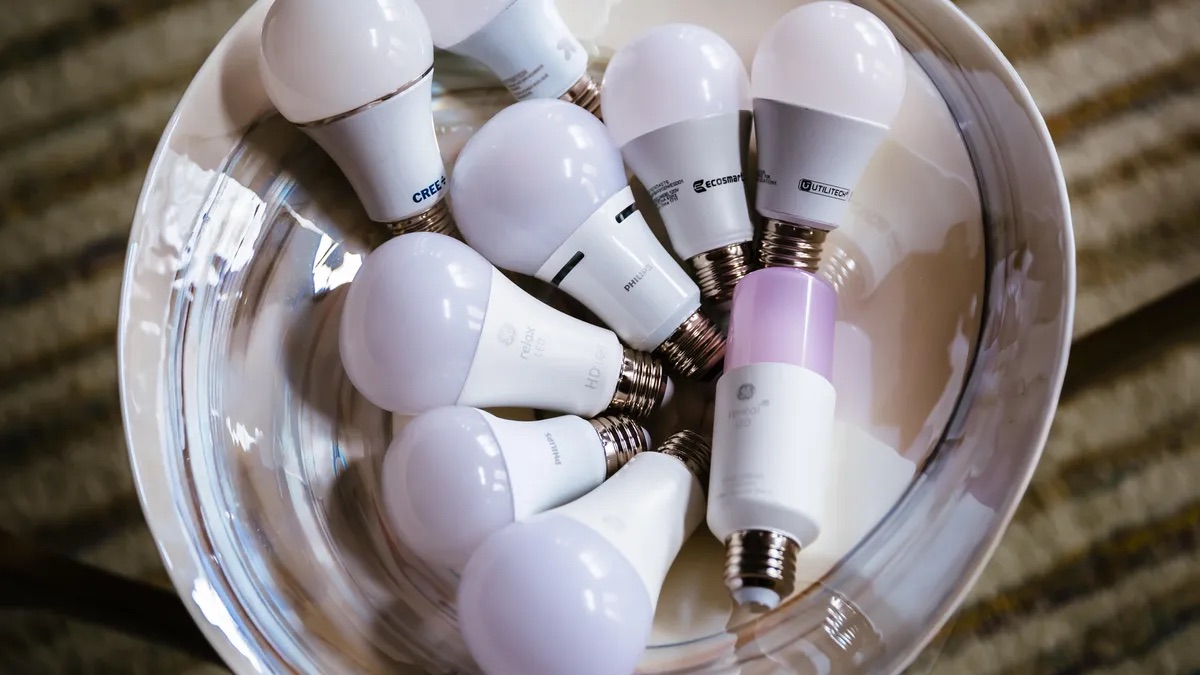
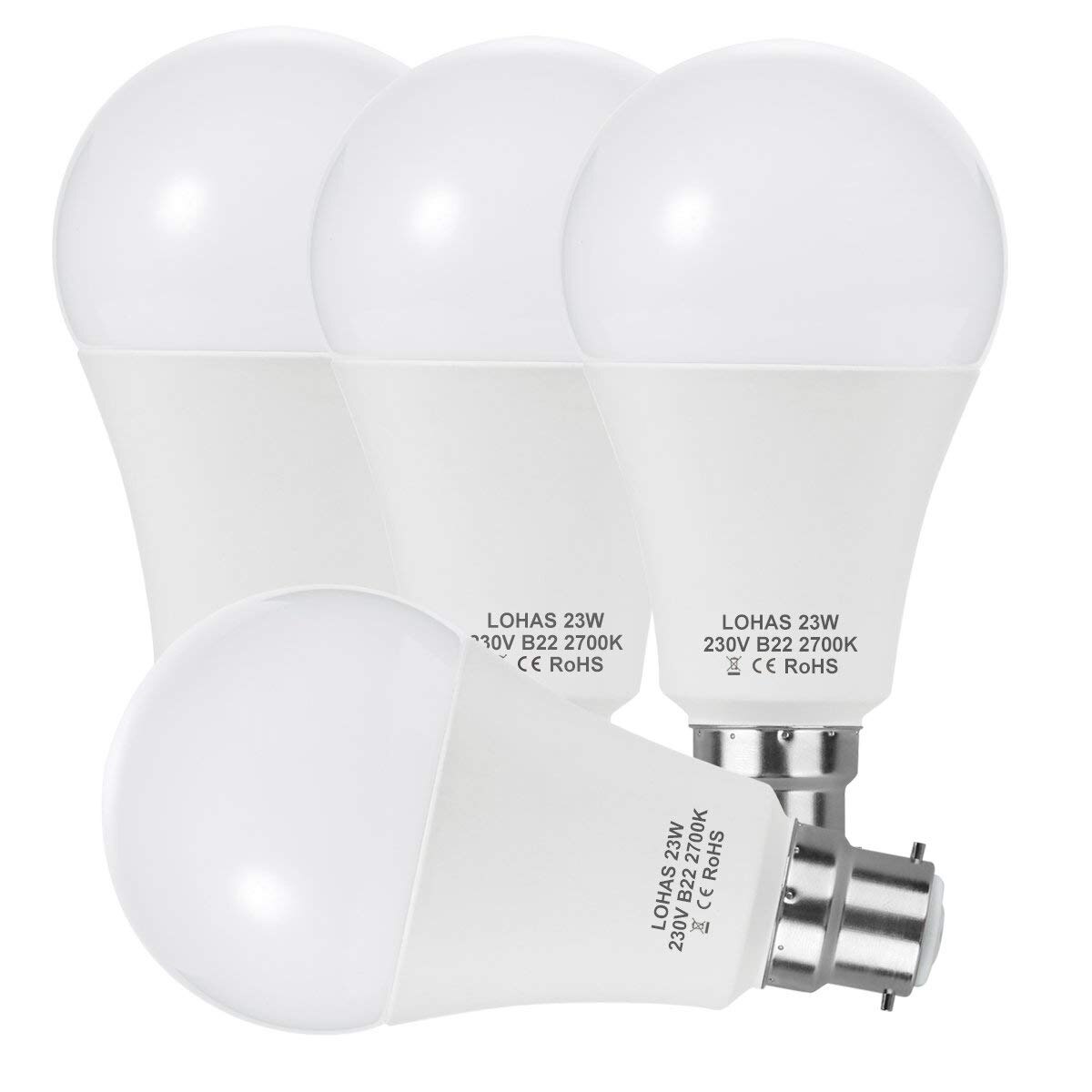
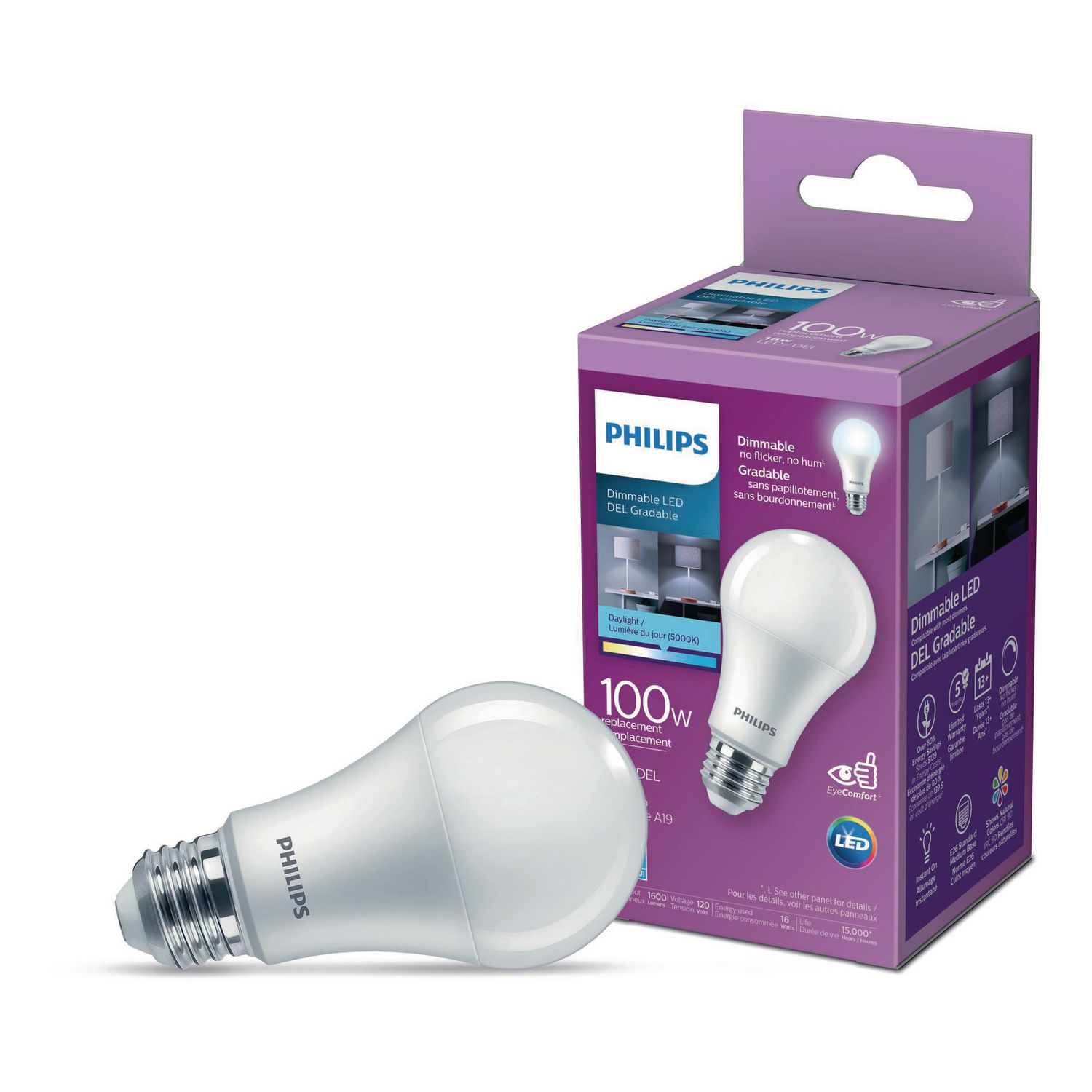
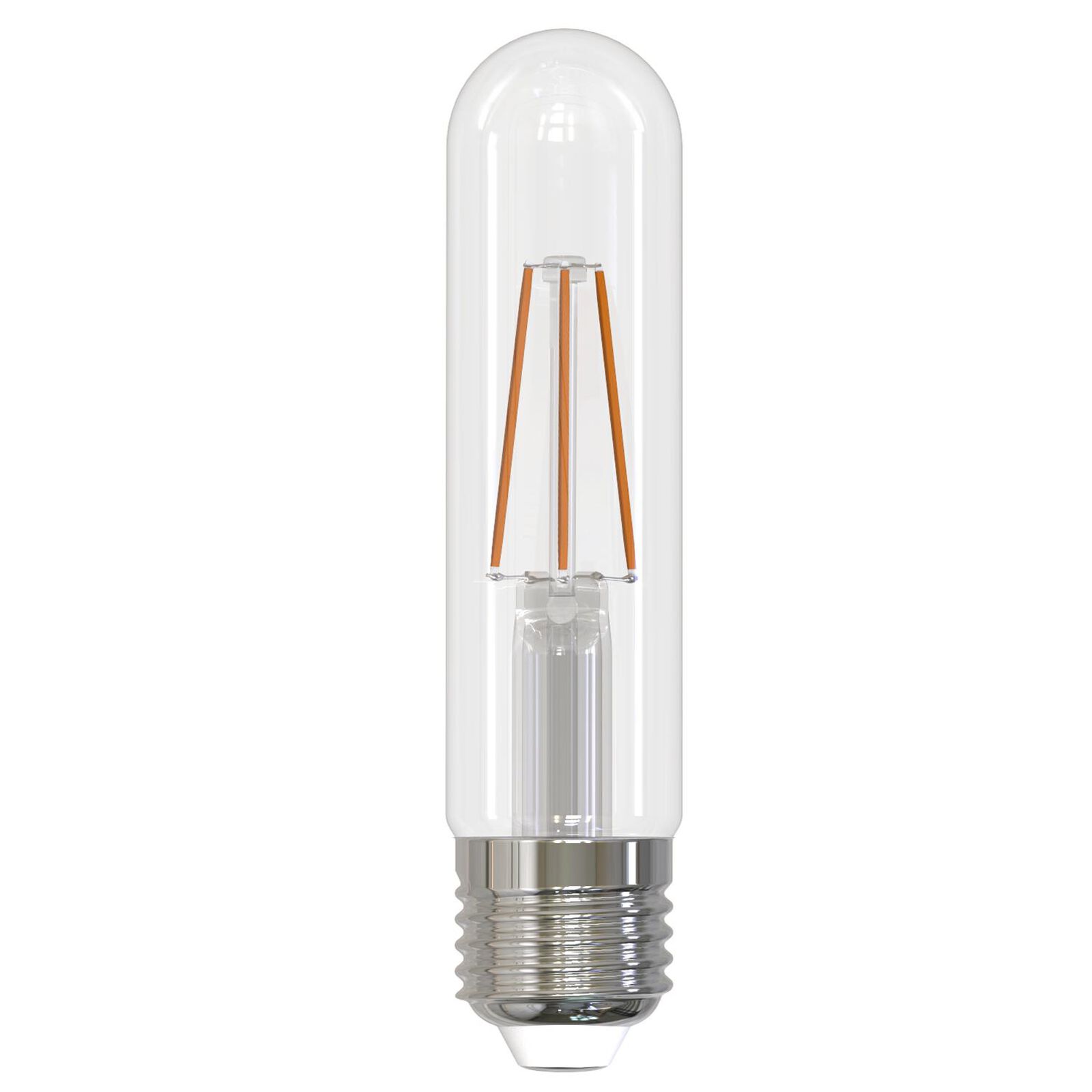
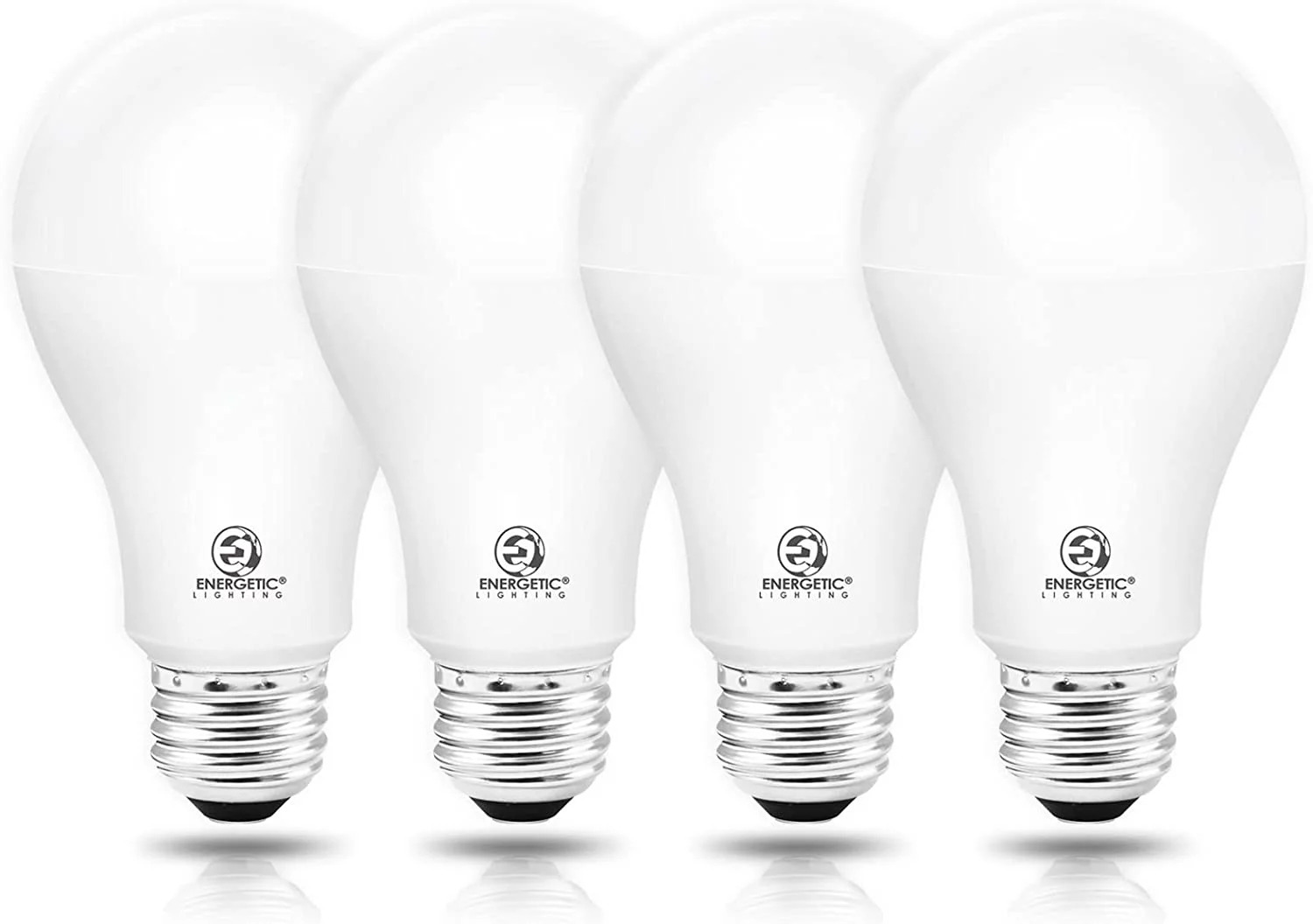
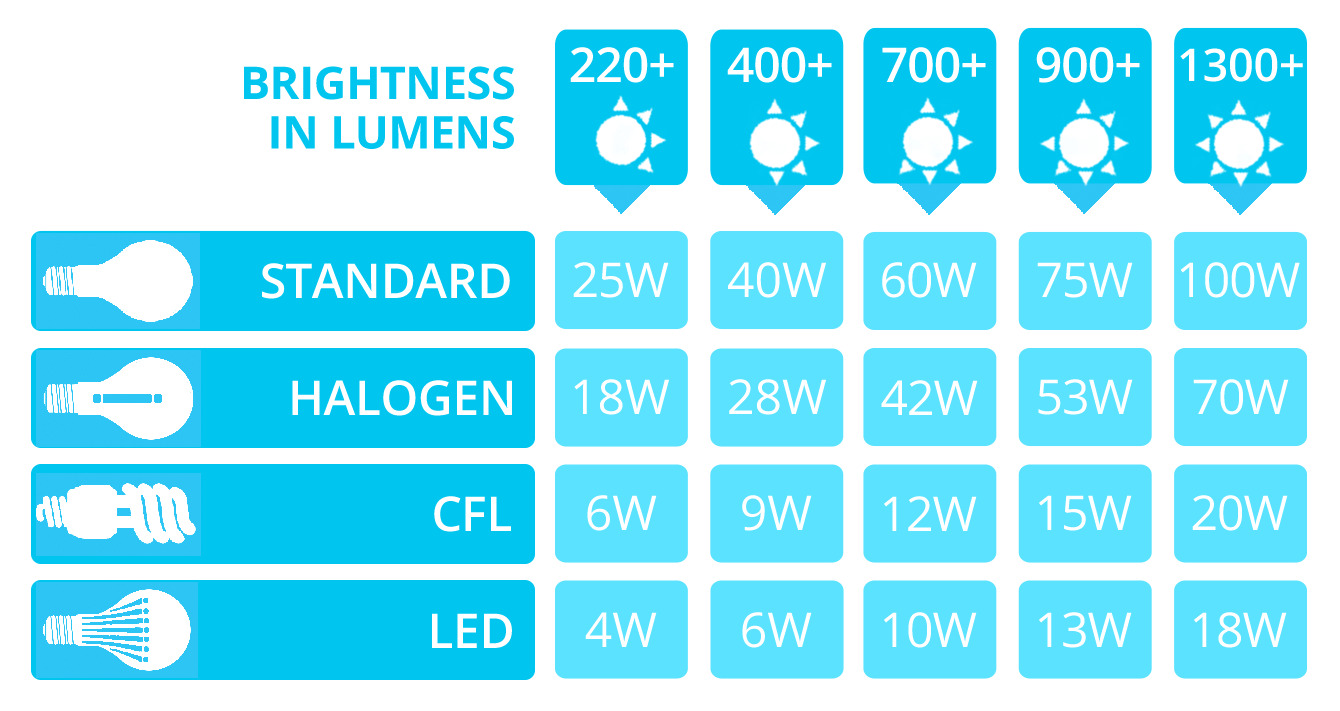
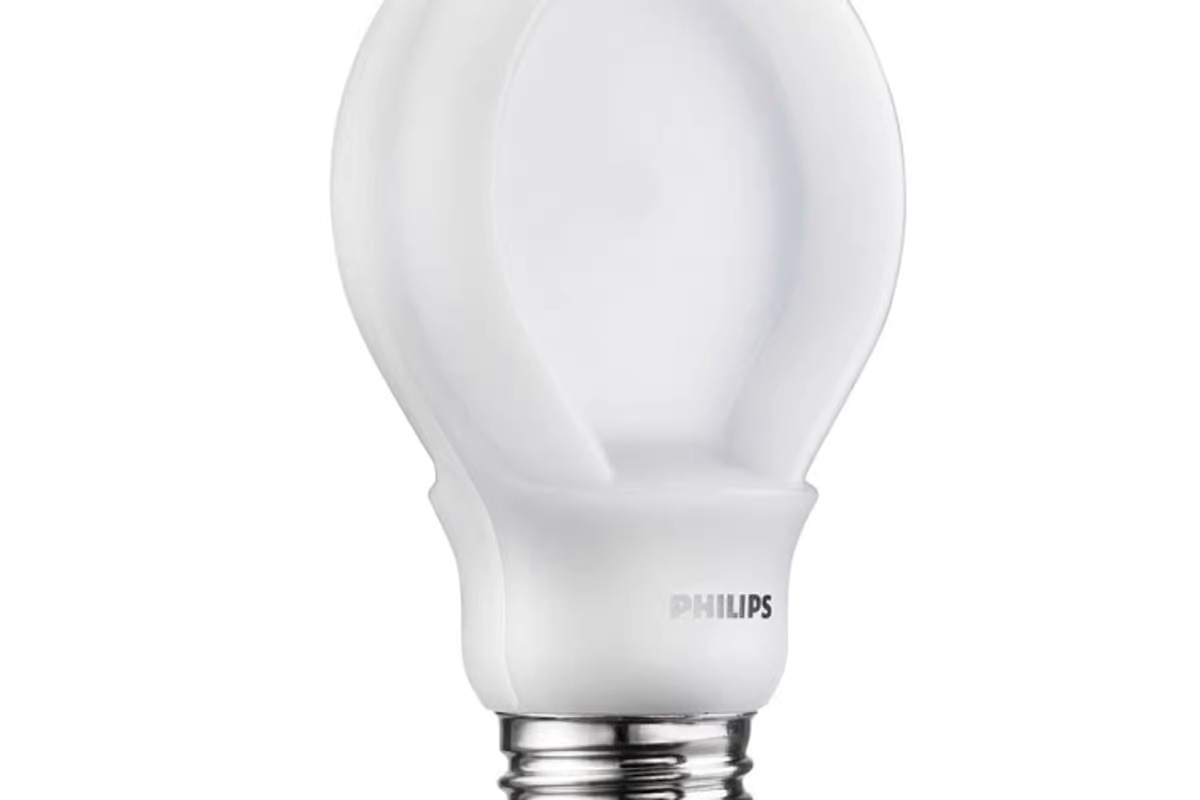
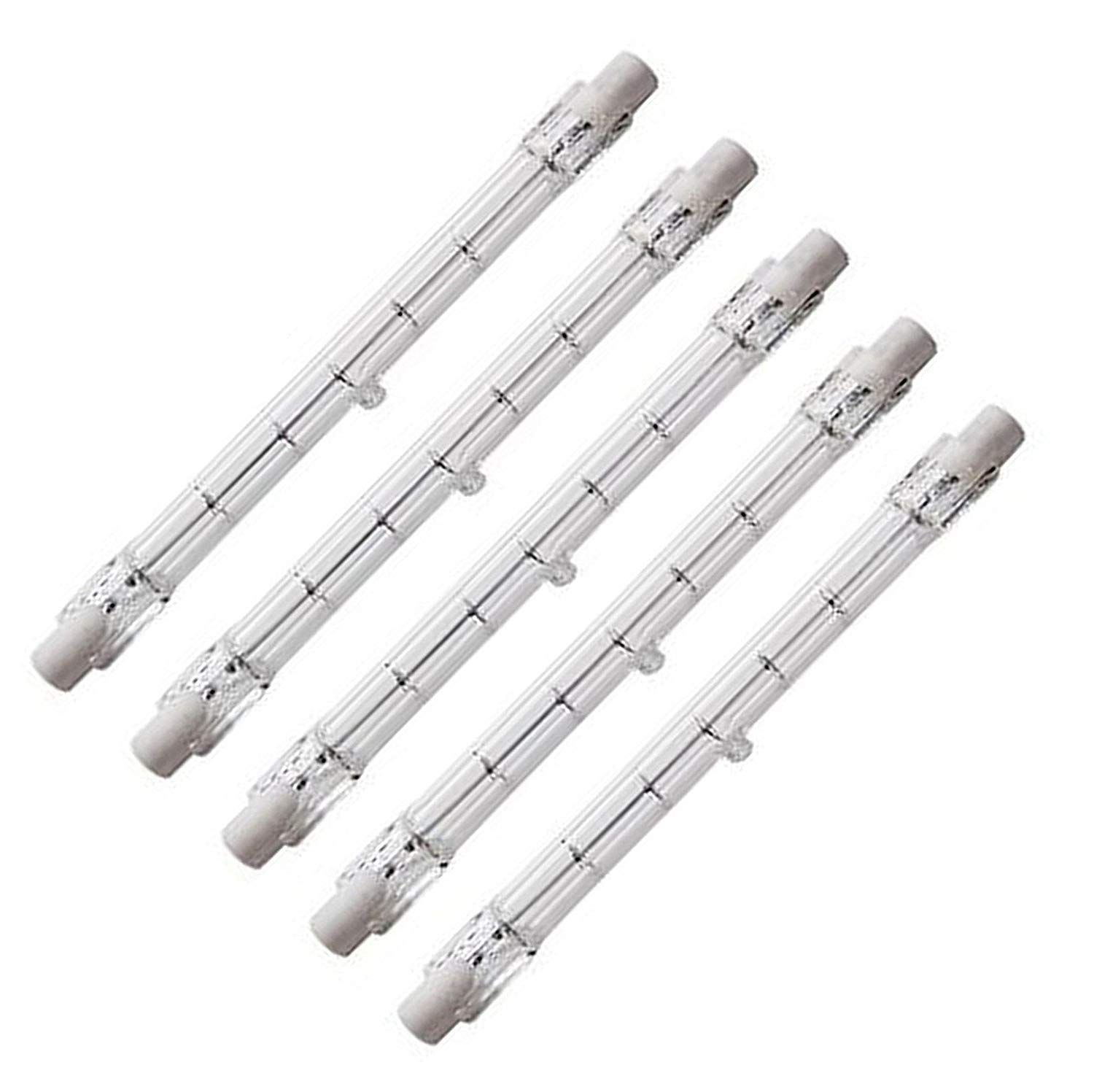
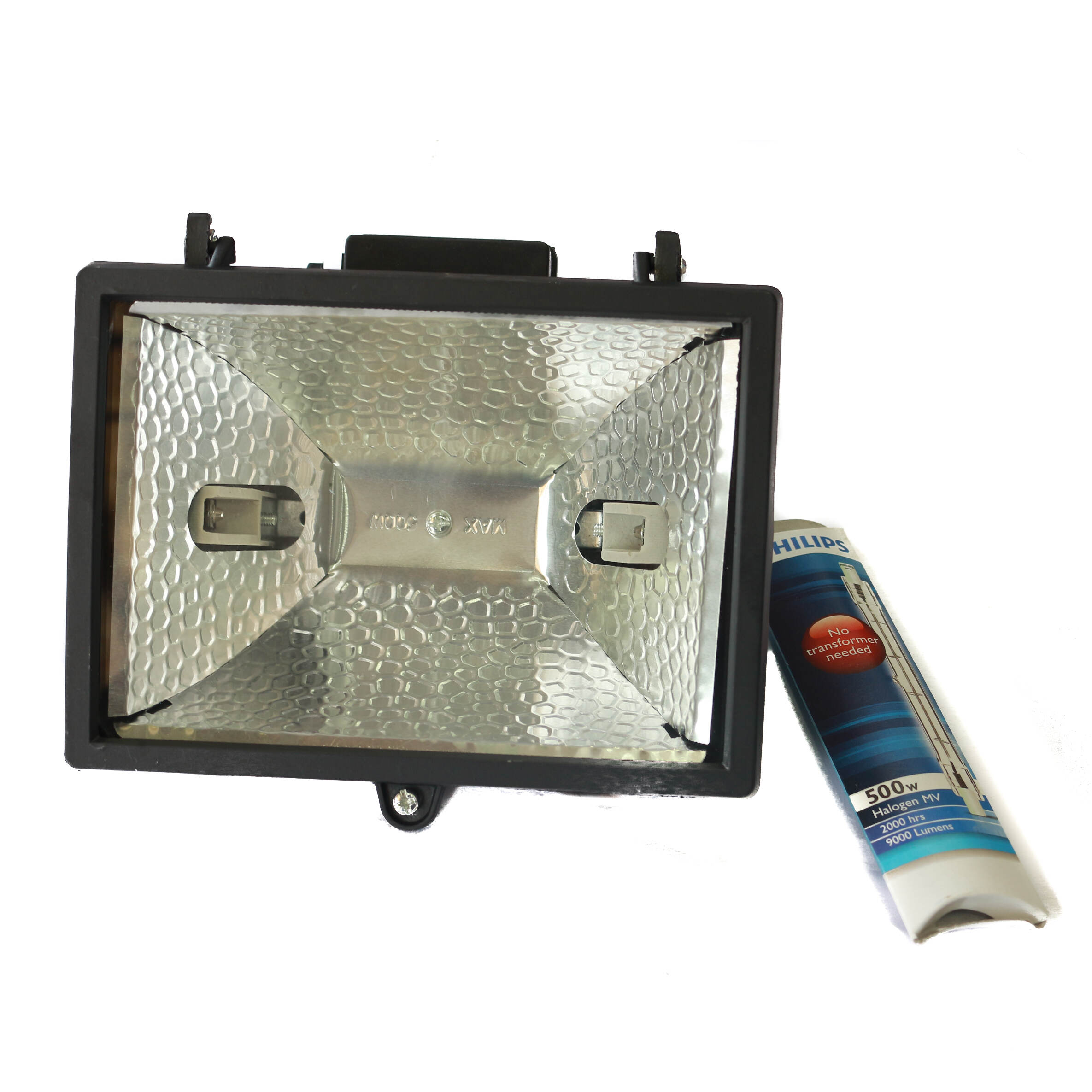
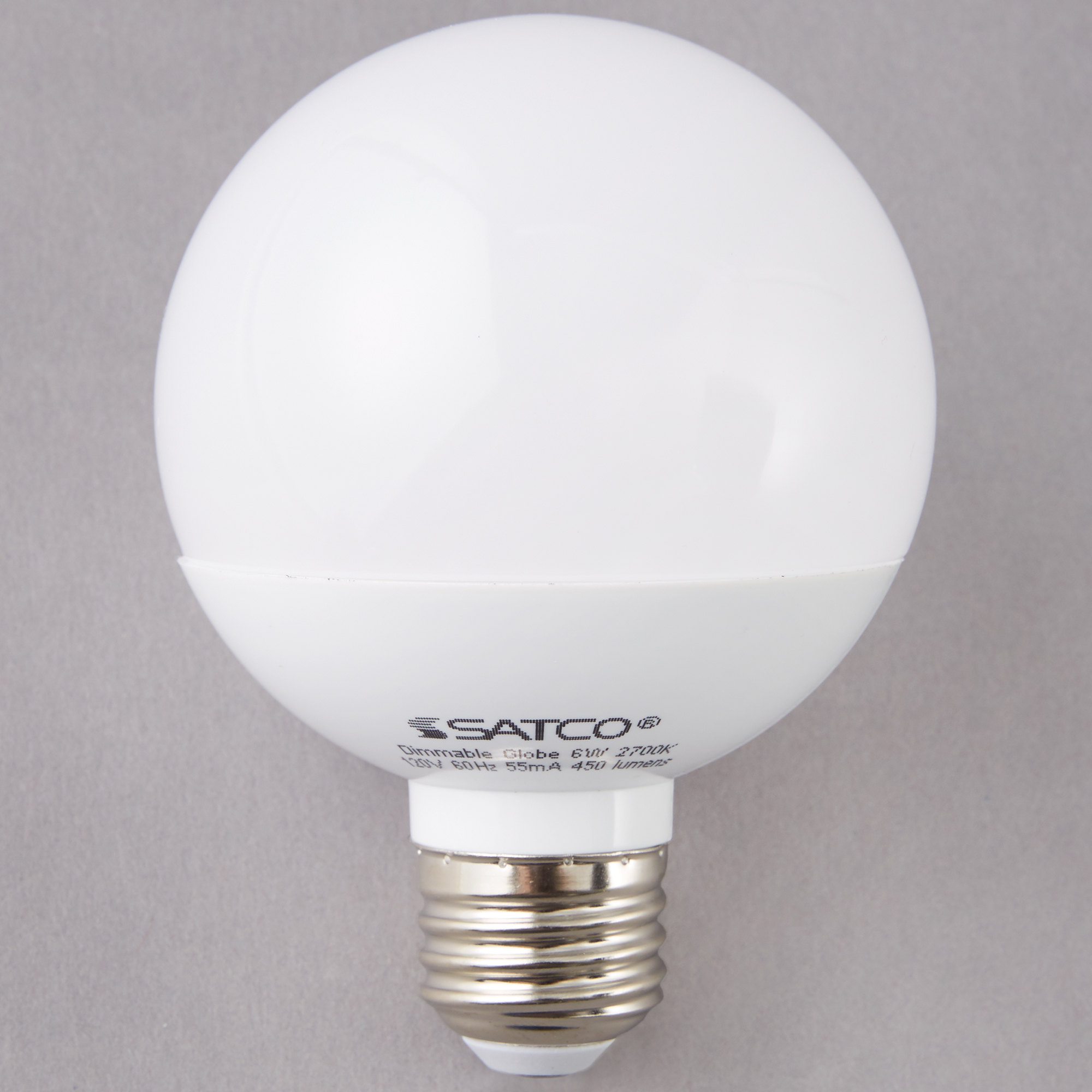
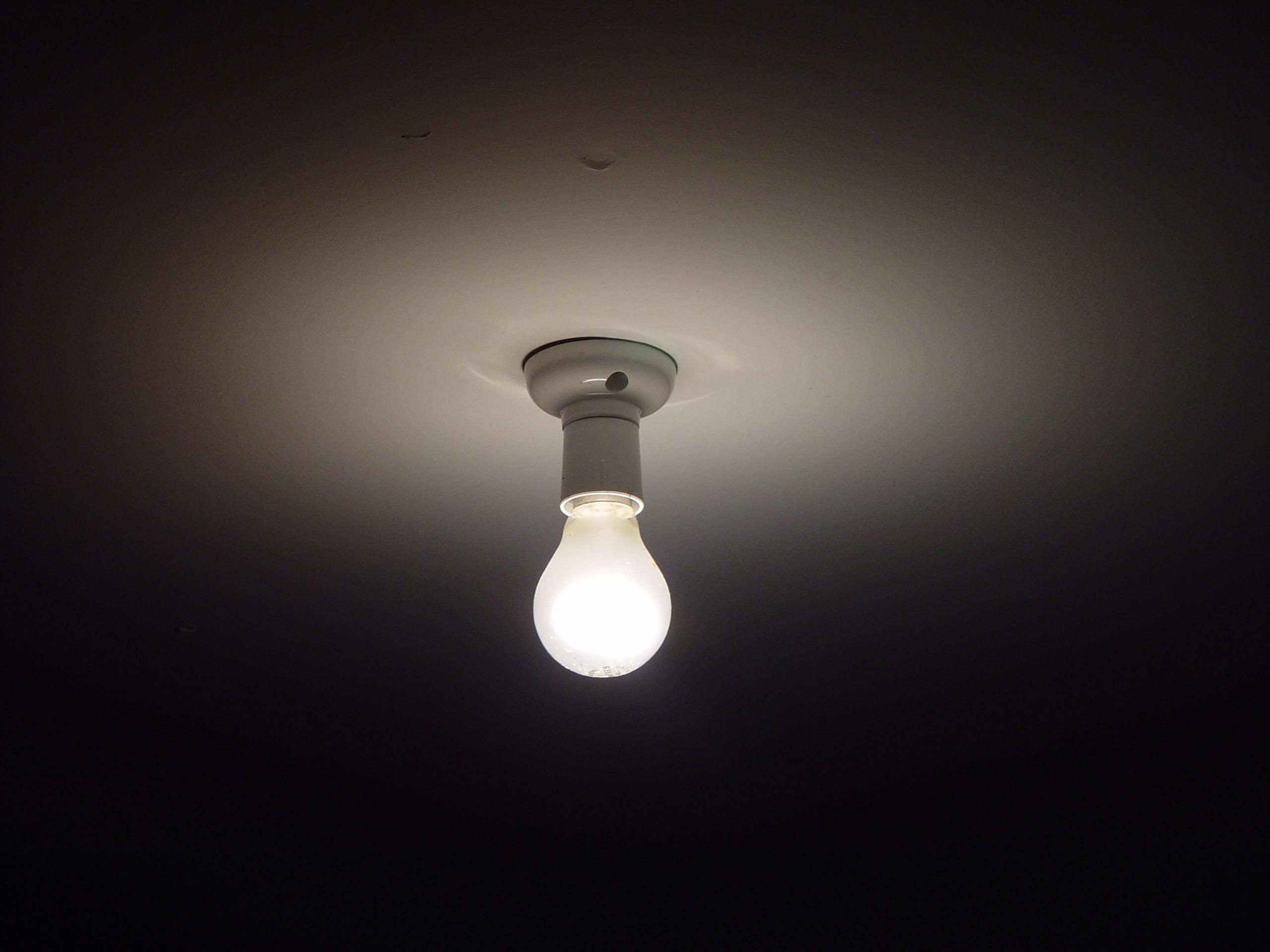
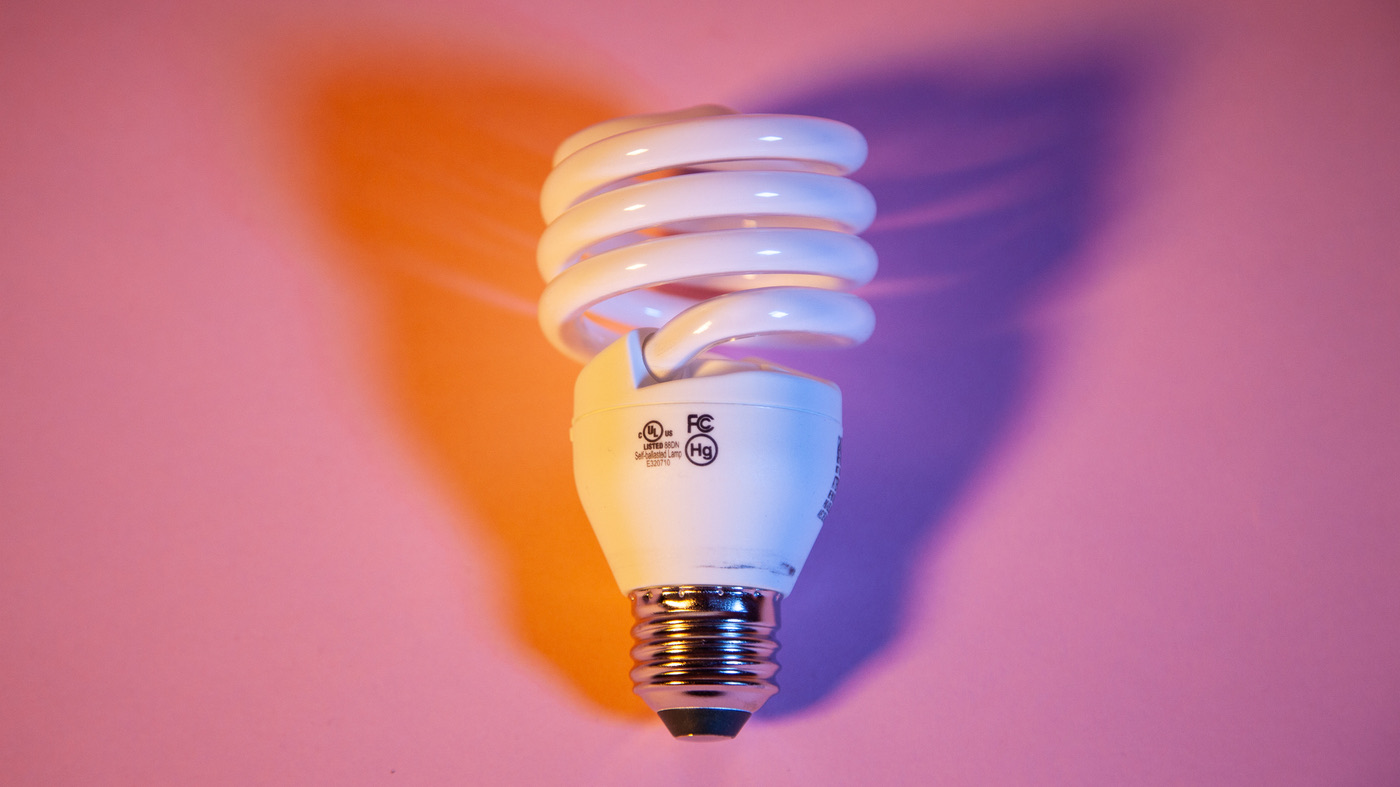
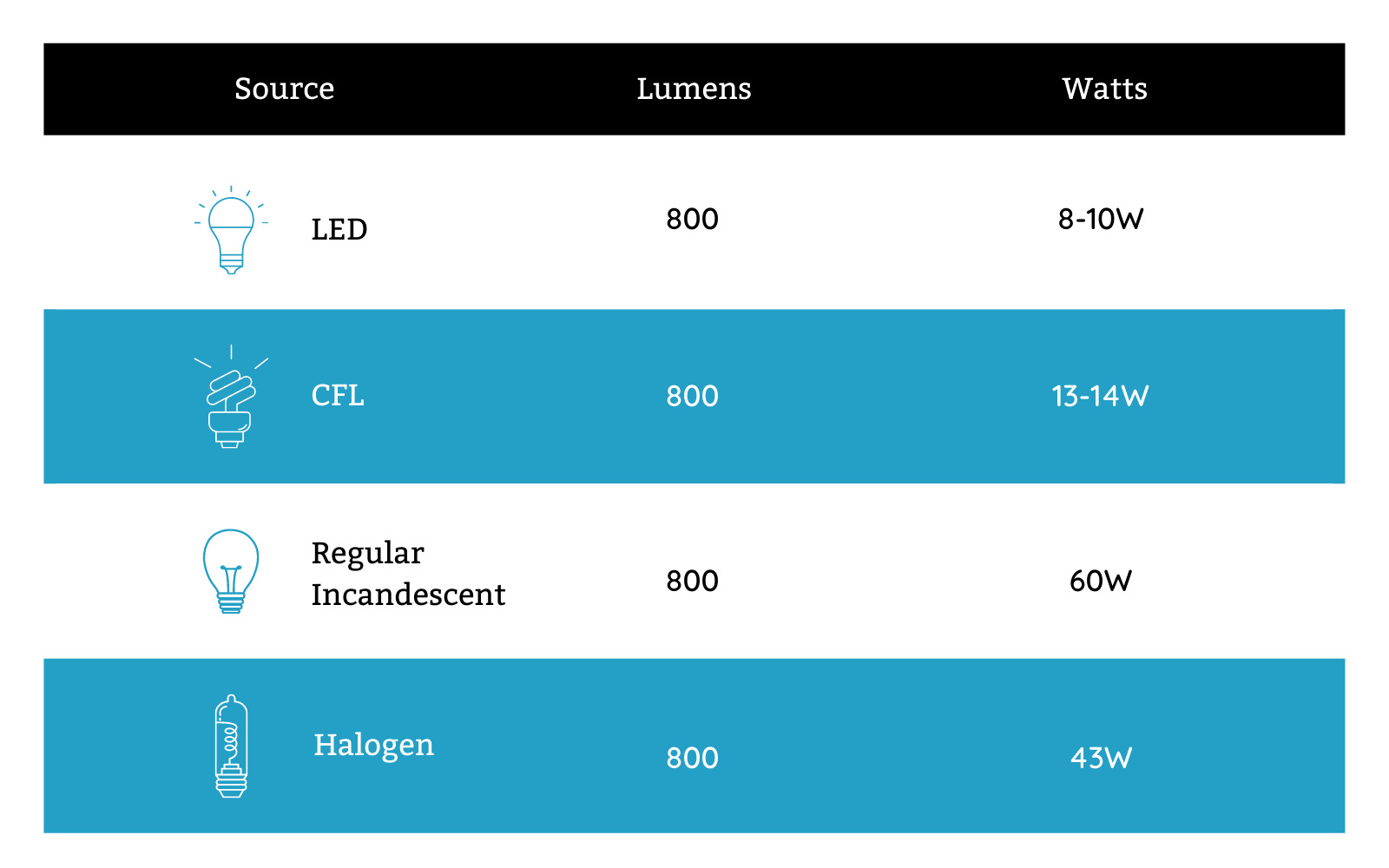

0 thoughts on “How Many Lumens In 40-Watt LED Bulb”